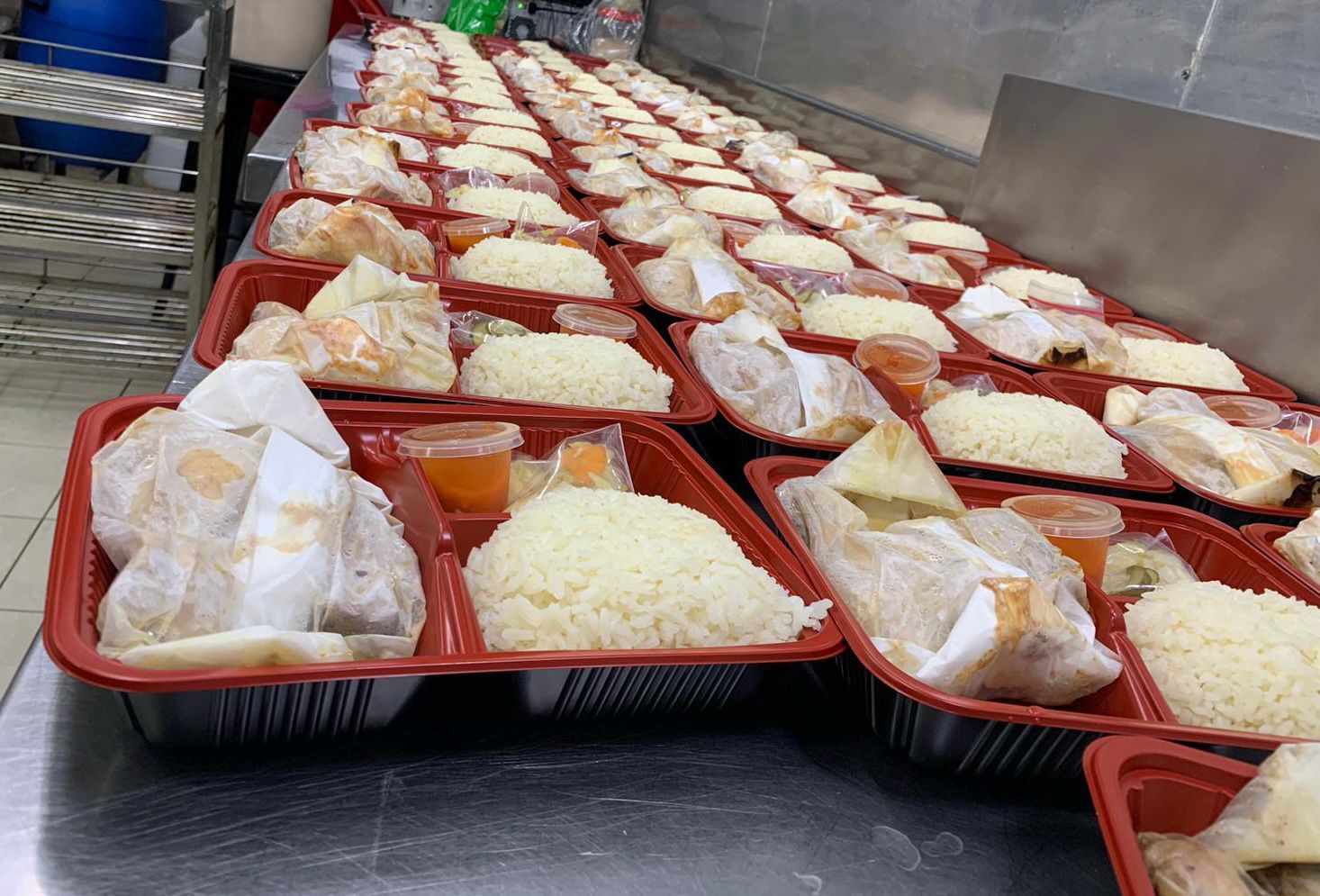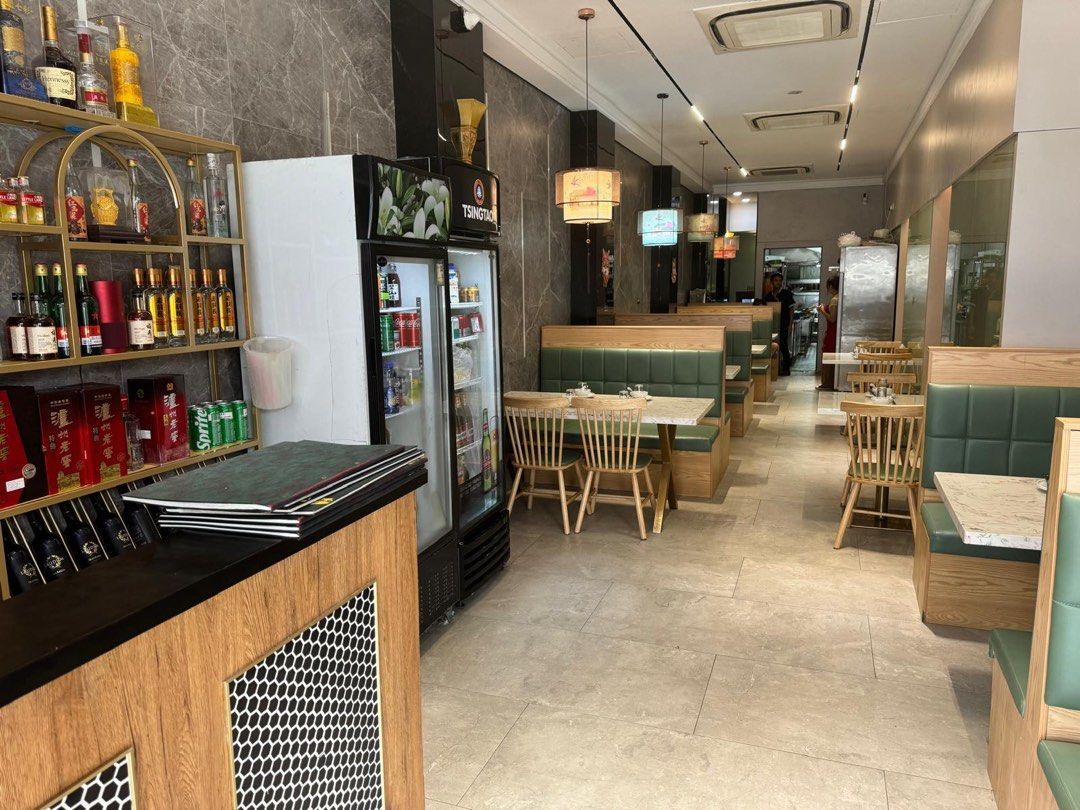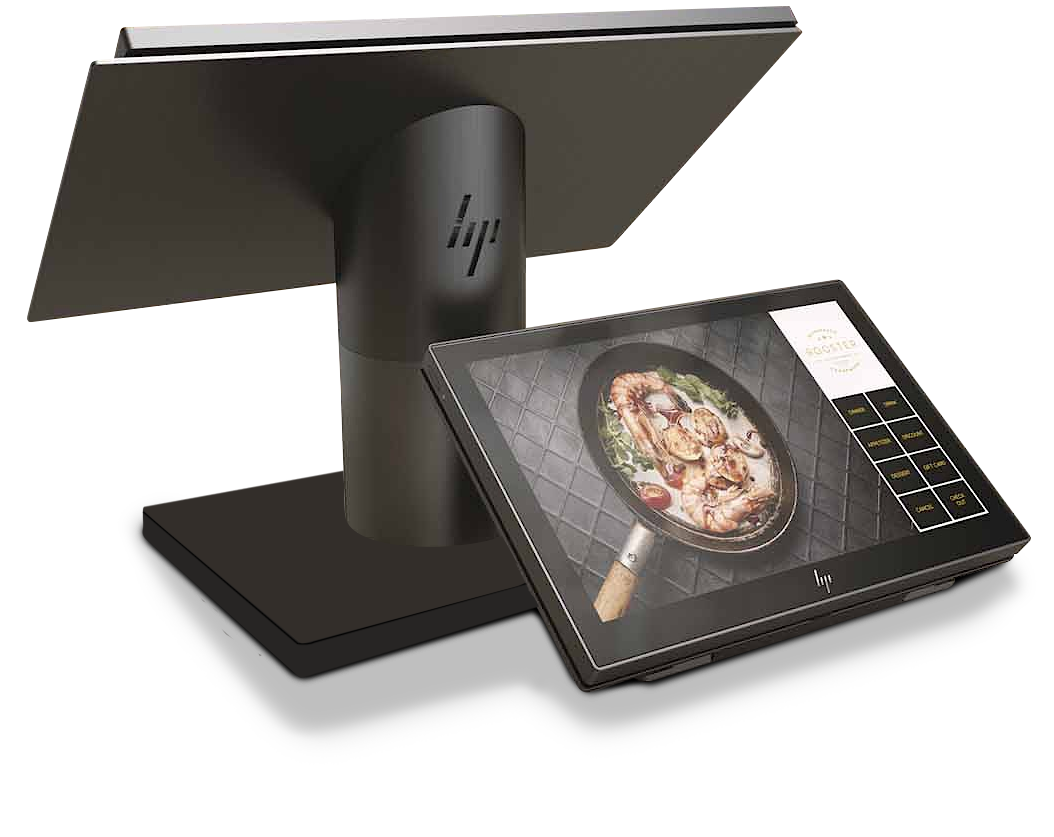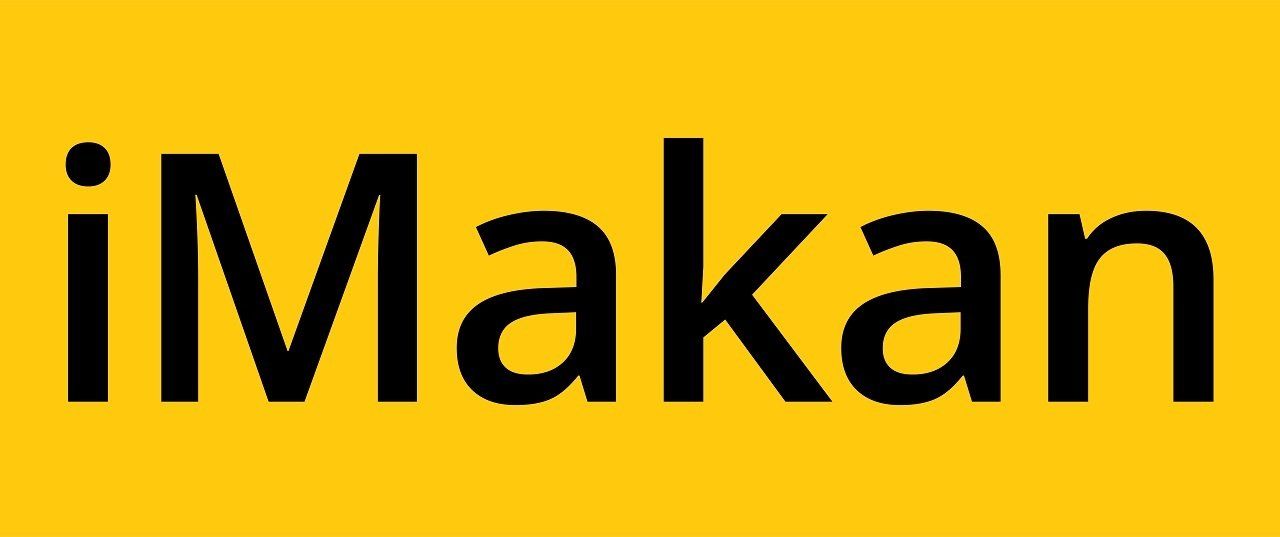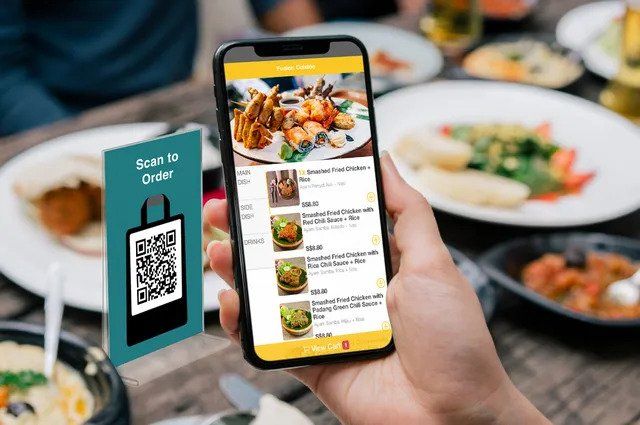Running an F&B business in Singapore is not as easy as it seems on the surface. Especially with factors such as inflated rental costs, increasing utility bills, rising labour costs, food costs levies, and more, cost-saving measures are essential for maximizing profitability and sustaining business success. For restaurant owners, finding ways to trim expenses without compromising on quality is paramount. Here are the top 10 cost-saving tips tailored specifically for restaurant owners.
1. Optimize Menu Offerings
Regularly analyze your menu to identify which items are the most profitable and which ones are not selling well. Consider factors such as ingredient costs, preparation time, and popularity among customers. Streamline your offerings by focusing on high-margin dishes and eliminating low-margin items that aren't contributing to your bottom line. Additionally, consider offering specials or limited-time promotions to highlight high-profit items and drive sales.
Analysing your menu offerings can be made easier when you adopt an F&B POS system with capabilities such as cloud reporting that lets you access reports and dashboards online to gather insights on your menu item performance. A POS system that enables you to make adjustments to your F&B outlet's POS menu online also comes in handy for timely and fuss free menu updating.
2. Reduce Food Waste
Implement strategies to minimize food waste throughout your restaurant operations. Train your kitchen staff on proper portion control techniques to avoid over-serving and encourage them to use ingredients efficiently. Keep track of inventory levels and rotate stock to ensure that perishable items are used before they expire. Consider implementing a composting program for organic waste and donating excess food to local charities to reduce waste and give back to the community.
3. Negotiate with Suppliers
Cultivate strong relationships with your suppliers and negotiate for better pricing, bulk discounts, or extended payment terms. Take the time to research alternative suppliers or wholesalers to compare prices and ensure you're getting the best value for your ingredients. Consider joining group purchasing organizations or cooperatives to leverage collective buying power and access discounted rates from suppliers.
4. Energy-Efficient Practices
Energy costs are constantly rising which results in your restaurant utility bills increasing even if your energy consumption remains largely consistent. This is bad news for your restaurant as little increases in utility bills may not seem worrying at first but it snowballs into large chunk of your cost if it goes on without proper management.
Consider using energy-efficient equipment and practices to reduce utility costs and minimize environmental impact. Replace outdated appliances with energy-efficient models, such as ENERGY STAR-certified refrigerators and dishwashers, to lower energy consumption. Install LED lighting and programmable thermostats to control energy usage more effectively. Encourage staff to turn off equipment when not in use and implement energy-saving measures, such as using natural light and optimizing heating and cooling systems, to further reduce energy expenses.
5. Employee Retention and Motivation
Invest in your employees' training and development to reduce turnover and improve morale. Provide opportunities for ongoing education and skill development to help your staff grow and advance in their careers. Recognize and reward employees for their hard work and dedication through bonuses, incentives, or employee perks, such as free meals or flexible scheduling. Foster a positive work environment by promoting open communication, providing constructive feedback, and addressing any concerns or grievances promptly. By investing in your employees' well-being and professional growth, you can cultivate a loyal and motivated team that is committed to delivering excellent service and driving business success.
6. Utilize Technology
Embrace technology solutions to streamline operations, enhance productivity, and reduce administrative overhead. Digitalise with in a modern point-of-sale (POS) system that integrates with inventory management software to track sales, inventory levels, and customer data in real-time. Implement online ordering platforms and mobile apps to offer convenience to customers and increase revenue streams. Adopt self ordering kiosks and QR ordering to help reduce the amount of manpower needed to handle order taking. Utilize automation tools and digital scheduling software to optimize staff scheduling and reduce labor costs.
7. Control Overhead Expenses
Review your overhead expenses, such as rent, utilities, and insurance, to identify areas where you can reduce costs. Negotiate with landlords for rent concessions or explore shared kitchen spaces to lower rental expenses. Implement energy-saving measures, such as installing energy-efficient lighting and equipment, to reduce utility costs. Shop around for competitive insurance rates and consider bundling coverage to save money on premiums.
8. Monitor Food Costs
Keep a close eye on your food costs by regularly tracking inventory, analyzing purchasing patterns, and monitoring supplier prices. Set targets for food cost percentages based on industry benchmarks and adjust menu prices accordingly to maintain profitability. Implement cost-saving measures, such as portion control, standardizing recipes, and minimizing waste, to reduce food costs without sacrificing quality. Consider sourcing ingredients locally or seasonally to take advantage of lower prices and support local farmers and producers.
By implementing these 8 cost-saving tips, restaurant owners can effectively manage expenses, increase profitability, and position their businesses for long-term success in the competitive F&B industry.
iMakan
Apart from looking to constantly value add F&B owners in Singapore through information sharing articles like these, iMakan is also the leading vendor in Singapore for self ordering solutions such as self ordering kiosks, QR ordering and online ordering solutions. If you are in the market for self ordering solutions, WhatsApp us, or click here to find out more about our solutions!

